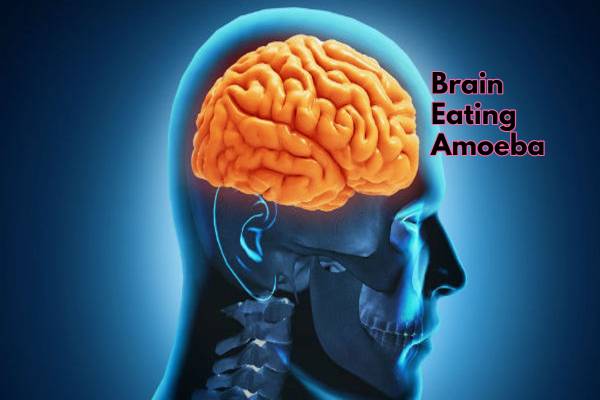Primary Amoebic Meningoencephalitis (PAM), a rare and dangerous infection, is caused by the amoeba Naegleria fowleri. Over the past two months, five cases of PAM have been documented in Kerala; tragically, three proved fatal, while two patients are currently recovering .
The mortality rate for this infection is alarmingly high, ranging from 90 to 95 percent. Regrettably, a 14-year-old boy, a 5-year-old girl, and a 13-year-old girl succumbed to the severe infection.
Understanding the Deadly Brain-Eating Amoeba:
This uncommon yet grave infection is caused by Naegleria fowleri, a free-living amoeba found in freshwater sources such as lakes, ponds, and inadequately maintained swimming pools. The amoeba typically resides in contaminated water and enters the body through the nasal passages. Once inside, it travels to the brain, causing severe damage.
Government officials have initiated necessary precautions, recommending proper chlorination of pools and advising caution when entering water bodies. They also suggest wearing nose clips while swimming. Medical experts emphasize that infection occurs only when the amoeba enters the body through the nostrils.
In the United States, approximately ten fatalities are attributed to this deadly amoeba annually.
Symptoms include:
– Severe headaches
– Fever
– Nausea
– Vomiting
As the infection progresses, one may experience neck stiffness, seizures, confusion, loss of balance, and sensitivity to light, potentially leading to coma.
Given the near-universal fatality rate of this infection, awareness is paramount before venturing into water bodies.
-Sanyogita


































